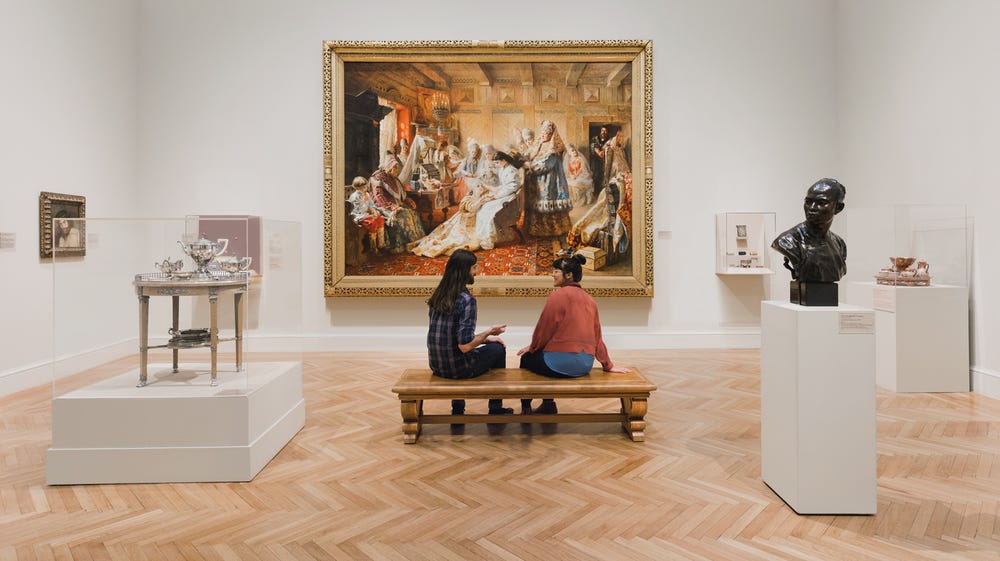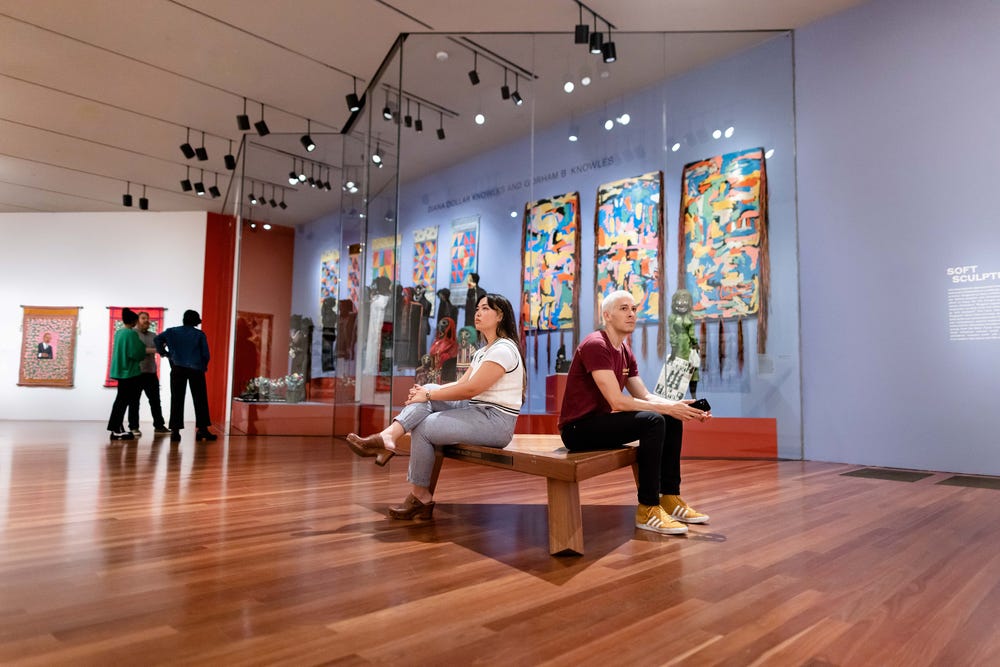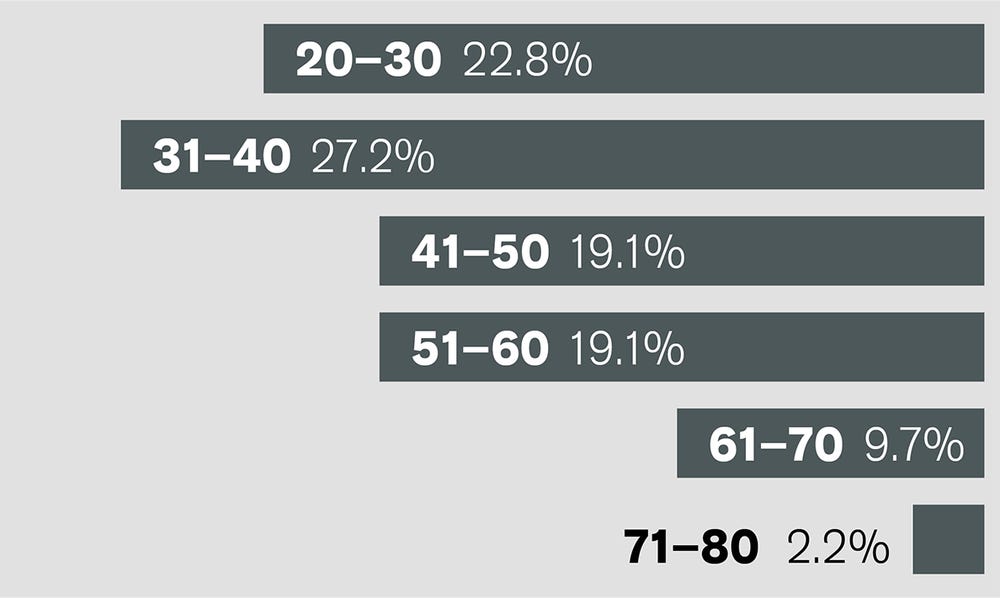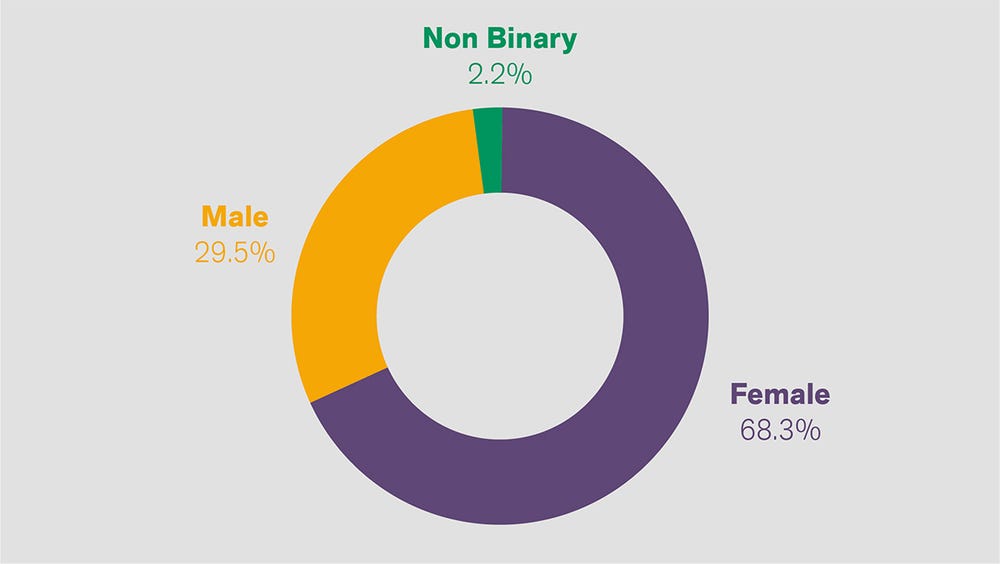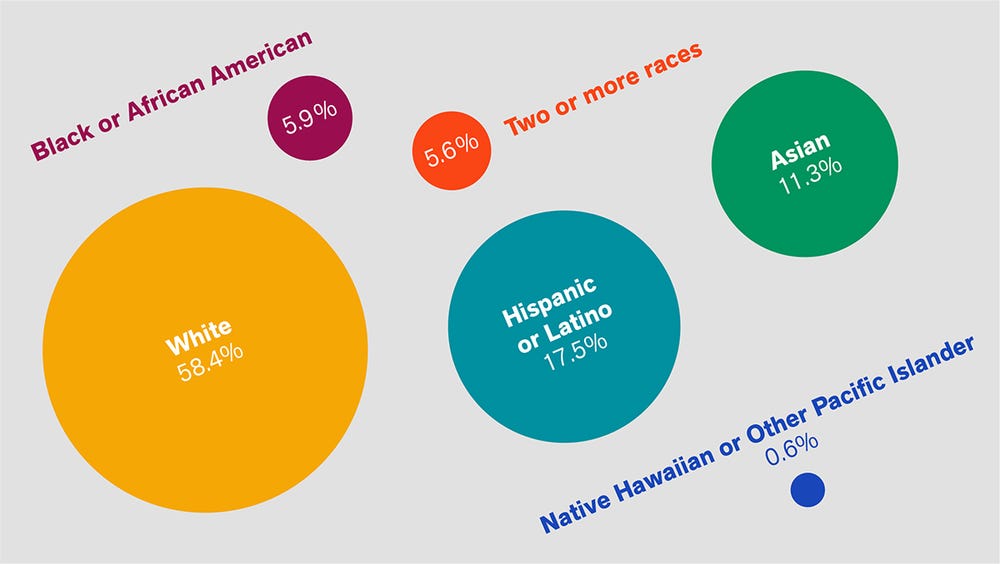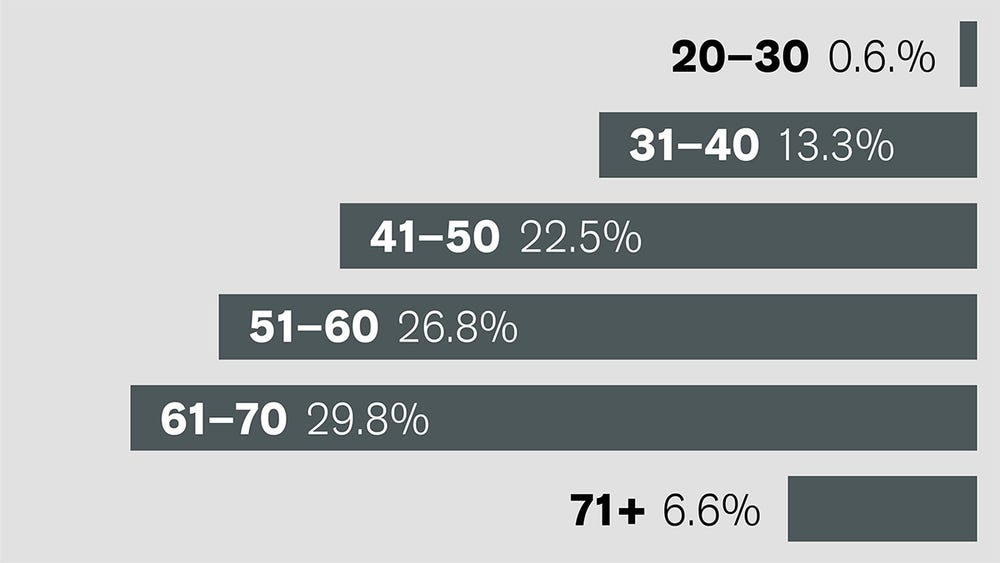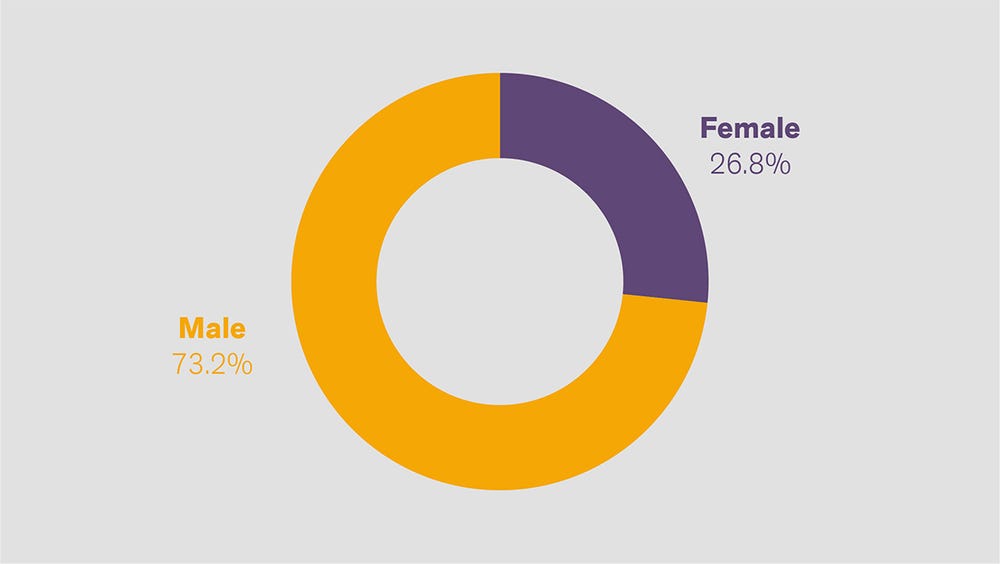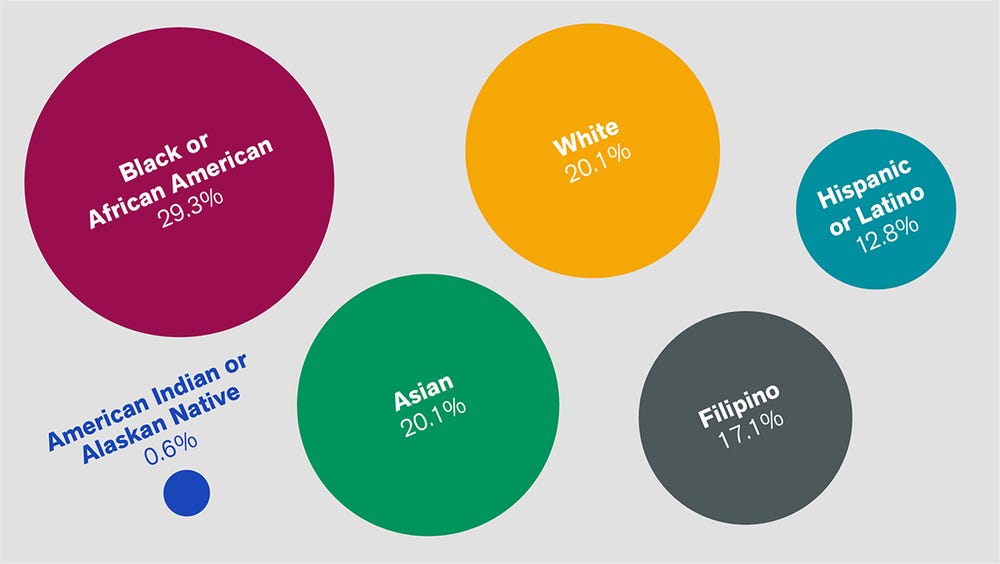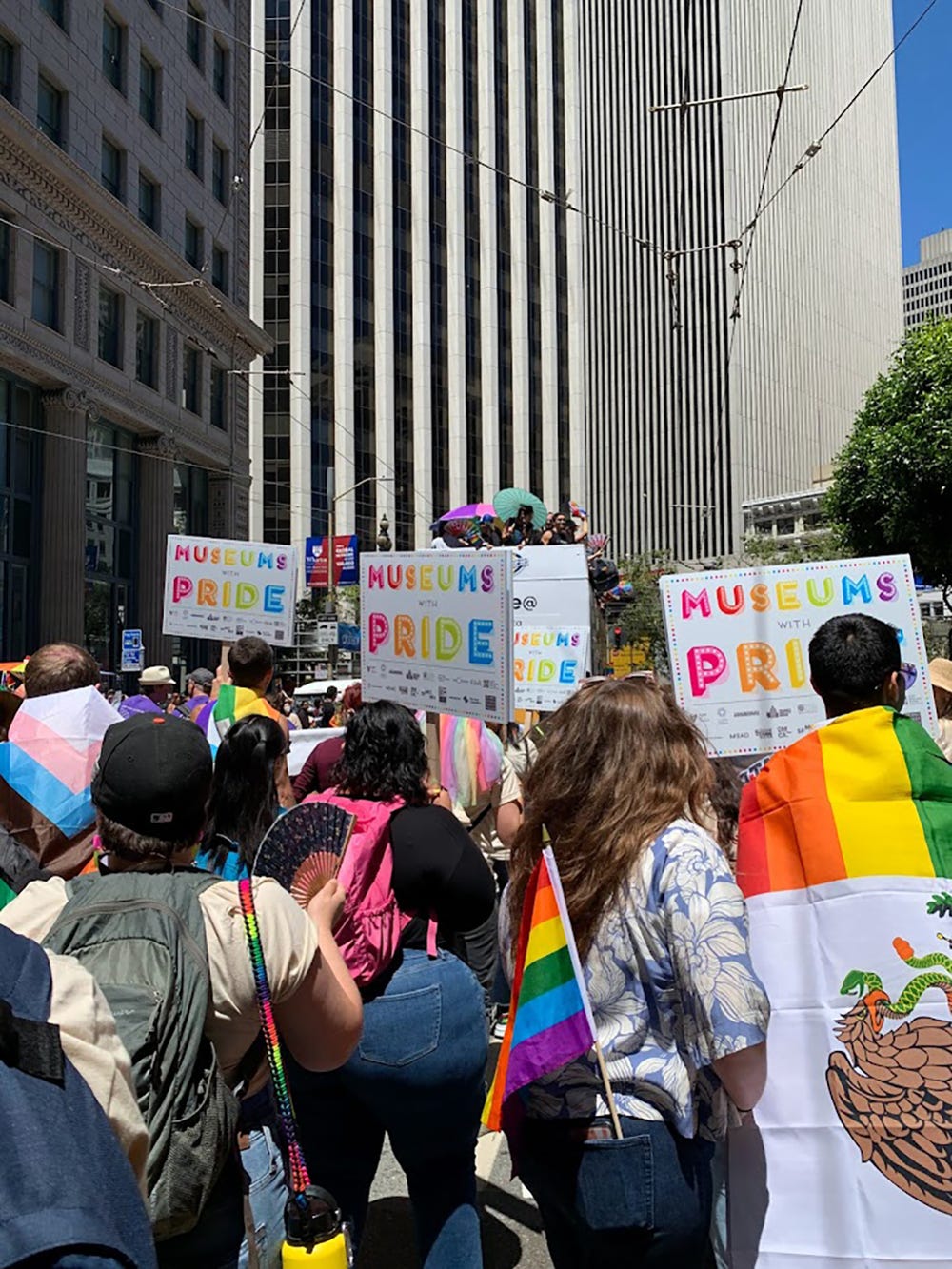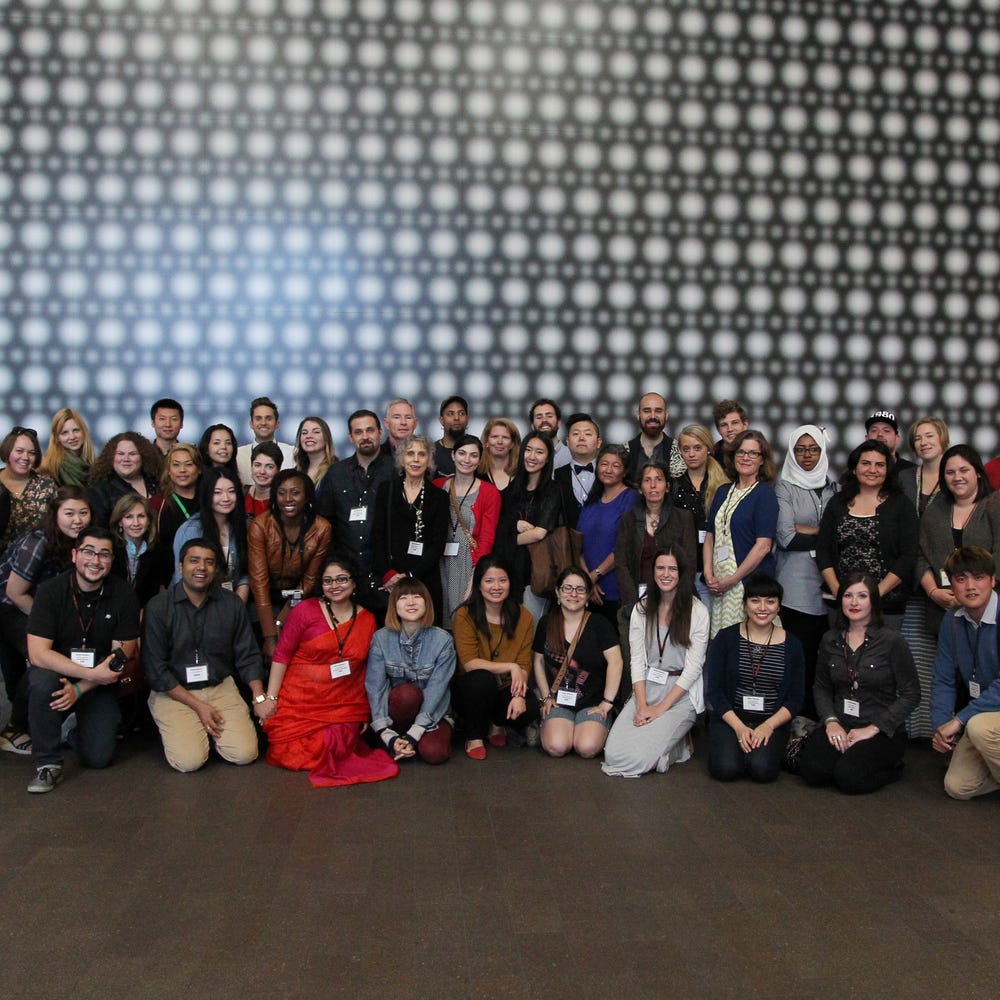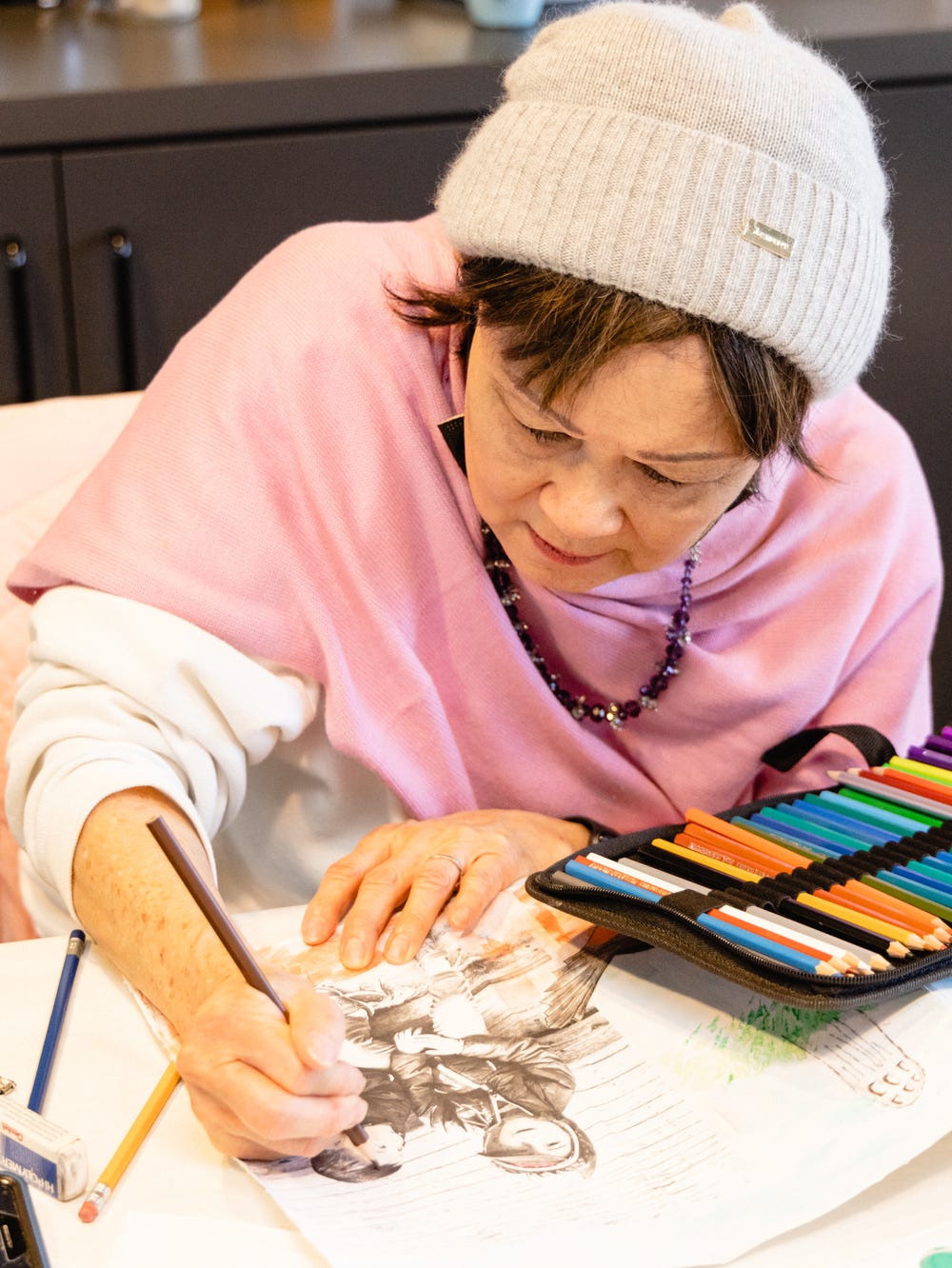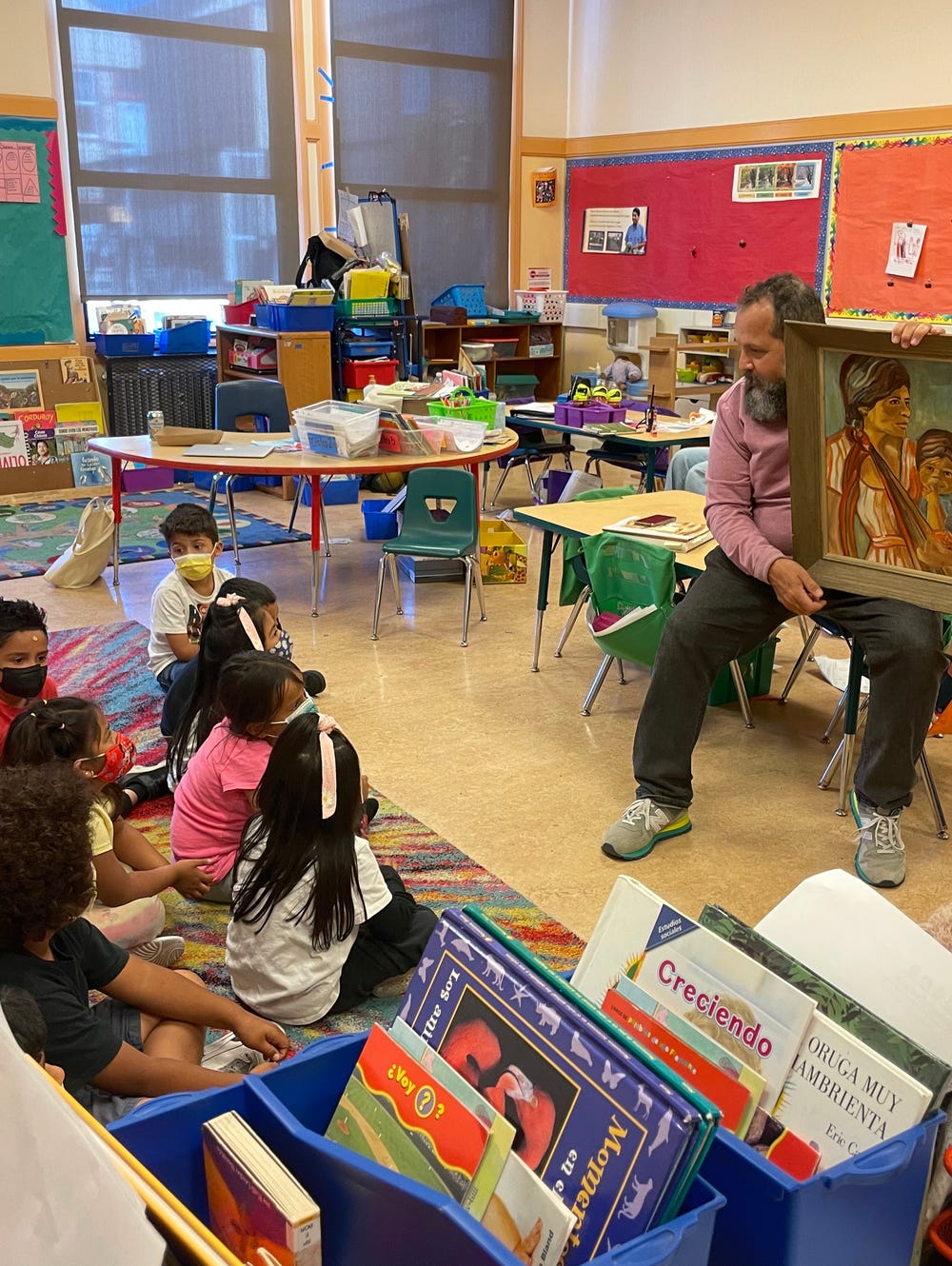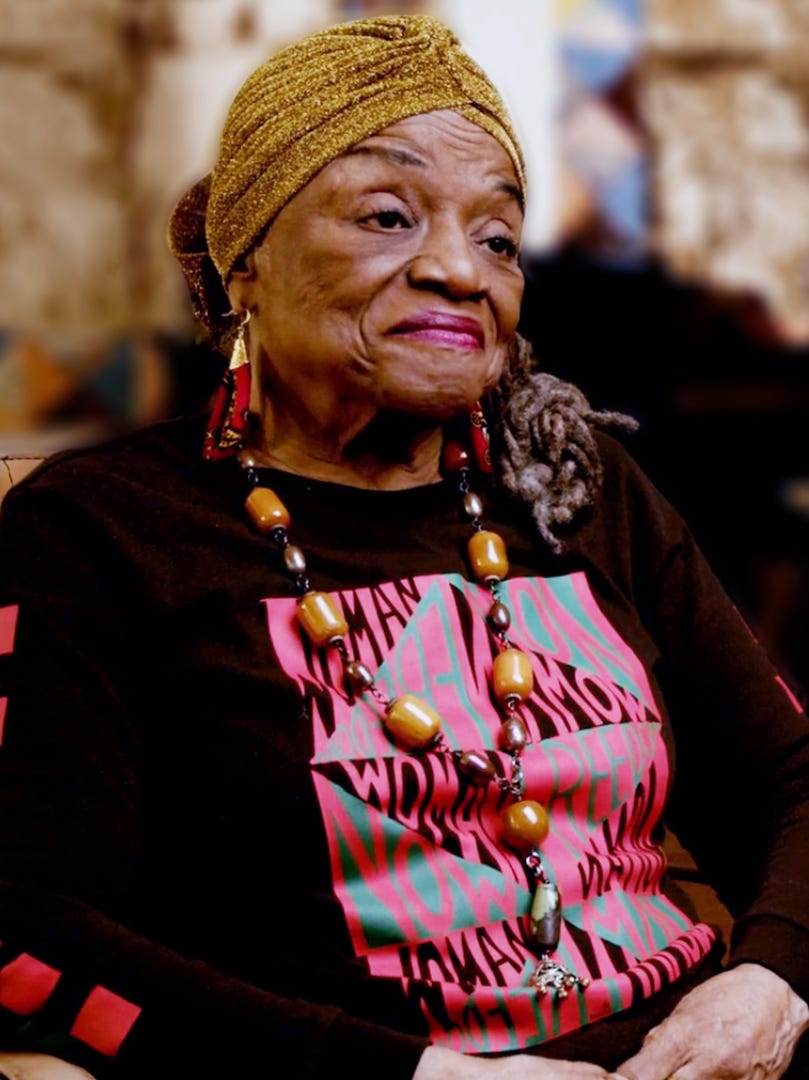Legion of Honor, Konstantin Makovsky's The Russian Bride's Attire. Image courtesy of the Fine Arts Museums of San Francisco
During the racial awakening that followed the murder of George Floyd in 2020, many organizations made public statements expressing their support for and solidarity with the Black Lives Matter movement. Companies and organizations across the country experienced fallout from stating support online while continuing to cause harm to Black, Indigenous, and People of Color (BIPOC) staff within their companies. Museums across the country were not exempt from this blowback. Groups of museum staff wrote open letters and made statements about their experiences, attesting to the inequities of the industry, and decried the history of racism within our organizations. This resulted in some museums sharing the demographics of their staff and board members, increasing efforts to hire BIPOC staff, creating diversity positions, and implementing diversity, equity, inclusion, and access (DEIA) plans.
In June 2020, the Fine Arts Museums of San Francisco (FAMSF) took a public stance in solidarity with Black Lives Matter, and in November 2020, the institution revised its strategic plan to focus and center DEIA initiatives. In taking this action, FAMSF actively began to shift toward becoming an anti-racist organization. In January 2021, the Human Resources department at FAMSF, in an effort to be transparent and highlight our journey, shared the demographics for both the civil service (City) and private, nonprofit (COFAM) members of our staff and boards. We continue to work with the city’s Office of Racial Equity to create opportunities for employees of color, including within our museum leadership.
Read Our Latest Racial Equity Action Plan.
Since publicly sharing our staff demographics in January 2021, we have learned that good intentions without continuous action are not enough. As we continue our journey of becoming an anti-racist organization, it is important to recognize where we are in that journey. It is equally significant to pay attention to how far we have come. Since January 2021, we have made progress in shifting our hiring practices and increased the number of BIPOC staff. This process was an intentional effort by our Human Resources department to look holistically at how we approach both hiring and retaining staff. This approach included updating current and new job descriptions with inclusive language, interrogating the educational requirements for certain positions, and in certain instances substituting professional experience for education requirements.
We quickly encountered the barrier of a lack of career pipeline for underrepresented individuals within the museum field. As a means of overcoming this barrier, we created four two-year fellowship positions and eight full-time paid summer internships. These positions allow individuals to work within the museum field, in their stated area of interest, and gain experience while being compensated. These new paid positions are a departure from our previous practice of unpaid professional development positions.
Installation view of Faith Ringgold: American People, de Young museum, San Francisco, 2022. Photograph by Gary Sexton
We have also broadened how we advertise job positions, including reaching out to community-based organizations and attending job fairs to connect with new candidates. We are working on strengthening our relationship with city colleges, state universities, and historically Black colleges and universities (HBCUs) for employment and career-development opportunities.
Internally, we have been working with staff on standardizing a holistic interview and onboarding process. This includes coordinating with hiring managers on anti-bias interviewing techniques and continuing to follow the City of San Francisco’s Fairness in Hiring training, through which we provide interview packets to hiring staff and allow interviewees the opportunity to meet the hiring manager prior to their interview to learn about the needs of the department. We continue to make changes to our hiring strategies while working to understand the barriers in place for underrepresented individuals in the museum field.
2022 demographics
The continued public sharing of our demographic information deepens our commitment to becoming an anti-racist organization by building trust with the communities we serve. Over the past year, we at FAMSF have been intentional about our hiring efforts to ensure they are in alignment with our diversity and inclusion values. We are excited to report that in the last year, we have increased the number of staff under the age of 30 and over the age of 50 by 9 percent, as well as increased the number of BIPOC staff by 18 percent. We have revised the way we collect demographic information from staff to ensure that everyone feels represented. Following the direction of the revised strategic plan, we also created two key leadership positions that will further our diversity and inclusion work. The newly created positions allow the institution to bring a critical lens to our collections, galleries, historic narratives, visitors, staff, and community.
Demographics for our private nonprofit (COFAM) employees, from top: COFAM age and gender, COFAM race and ethnicity
Demographics for our civil service (City) employees, from top: City age and gender, City race and ethnicity
Creating a sense of belonging among staff
As we diversify our staff, we believe that the next logical step is an in-depth approach to understanding the experiences of underrepresented and BIPOC employees within the organization. Within our commitment to hiring staff of color, we want to ensure they feel a sense of belonging and valued as part of the organization, as opposed to feeling like a “diversity hire.”
Being perceived as a diversity hire could have the unfavorable connotation that someone was not hired for their expertise or talent but because of their race, ethnicity, gender, or other criteria, and result in an individual being treated differently than their peers. Organizations that have not historically had a broad representation of employees of color and that choose to diversify their workforce tend to highlight numbers and totals, while overlooking the experiences of those employees.
Increasing the number of underrepresented groups in an organization does not equal diversity. An organization must intentionally create and cultivate an environment in which all team members feel a sense of belonging, are respected as a valued member of the team, and have the opportunity to thrive.
At FAMSF, we believe sharing information on the demographics of our staff is an important benchmarking and accountability measure, and we consider the process a continuum. We are working to break down barriers, while taking a holistic approach to the hiring and onboarding of BIPOC employees. As we increase our BIPOC staff, we will more thoughtfully consider and focus on the experiences of all new and current employees.
FAMSF staff members joined colleagues from other Bay Area museums in the Museums with Pride contingent in this year’s San Francisco Pride Parade. Photograph by Maya Berry
We have shifted toward creating an atmosphere that centers belonging and allows staff to bring their full selves to work. By making a space to uplift the diversity within the organization, we are fostering a sense of community. We seek ways to highlight and celebrate the diverse heritage of our staff, for example by creating engagement opportunities outside standard working departments through staff-led resource groups, which better reflect the wide demographic makeup of our FAMSF community. Our overall strategic framework includes a wide range of values related to shifting away from the ways white supremacy culture is showing up in our workplace as well as promoting health and wellness.
In the Human Resources department, we are creating support for staff during the internal culture shift and ensuring the organization’s goals are in alignment with our DEIA values. We are developing a robust anti-racist training program specifically for FAMSF and beginning to shift power dynamics to openly address areas in need of improvement.
We are just beginning our work. As we continue on our journey, we are committed to being intentional with our actions and creative with our implementation. We acknowledge that we will not always make the right decision, and we will use such occasions as an opportunity to learn. We invite the Bay Area community to join us as we work to become an anti-racist fine arts organization.
Text by Courtney Jones, diversity and inclusion manager.
